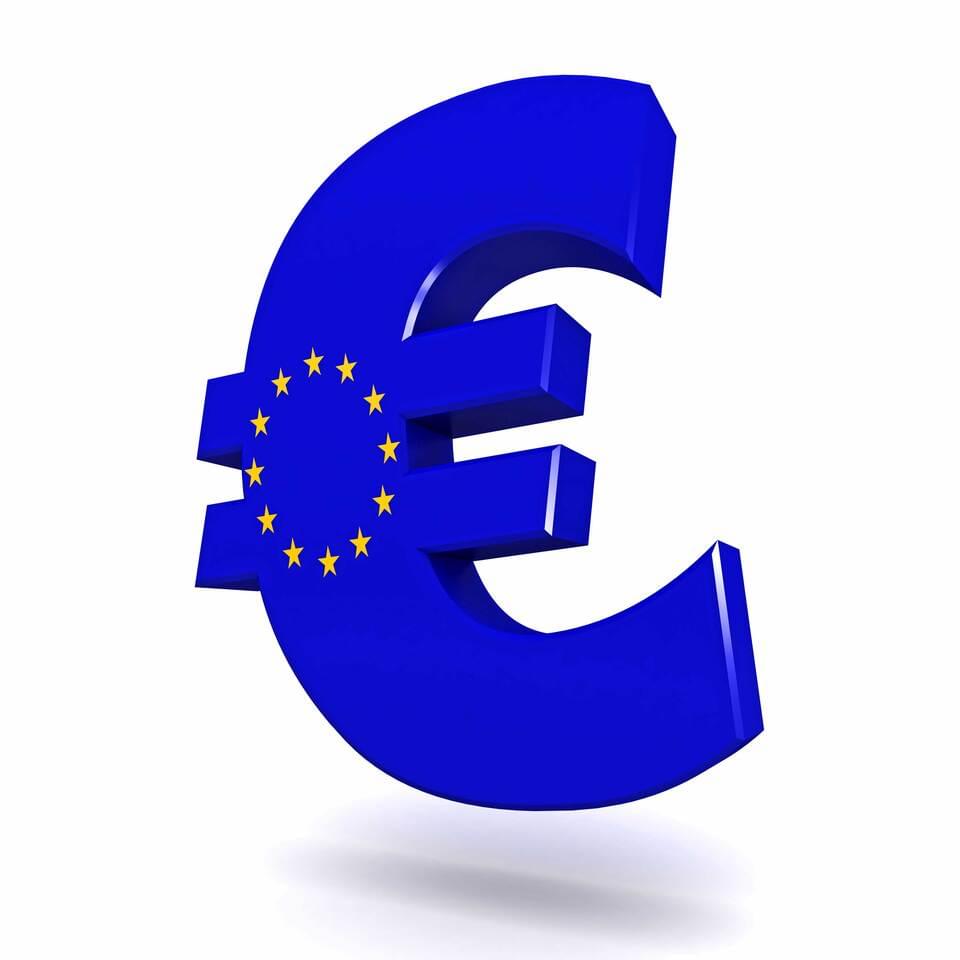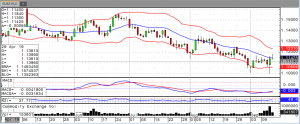
September U.S. dollar futures are down another 28-points Friday morning after Thursday’s selloff from the 99 level. Proceeding the ECB meeting yesterday, dollar futures soared while the euro slid to new contract lows on news that Europe’s central bank cut their benchmark interest rate another 10 bps to -0.5% and agreed to buy $22 bn worth of bonds each month starting in November. This level of stimulus is an attempt to keep recession at bay in an economy that is clearly feeling the impact of President Trump’s tariff war. However, currency markets were quick to reverse the initial reaction to stimulus, with euro futures trading back above 1.11 Friday morning. From a technical perspective, the euro appears to be near a bottom given last week’s morning star reversal pattern on the chart. Adding support to this theory is that the U.S. dollar showed an evening star pattern on its daily chart last week and has since failed to move above that high. Fundamentally speaking, this makes sense.
European rates are negative, indicating that they do not have much more room to cut (10 bps is hardly a sizeable reduction). On the contrary, U.S. rates are not only positive, but are substantially higher than rates in other developed economies. Therefore, the Fed has more “bullets in the chamber” when it comes to rate cuts as a means of stimulus. The U.S. dollar index is weighted against six other major currencies, most heavily the euro. This points to a topping in the U.S. dollar, likely in October, and simultaneously a bottom in the euro.
Meanwhile, the yen is seeing stronger sell-offs. Its purpose as a safe-haven currency is no longer attractive to investors because of the easing in economic uncertainty. Last week, Donald Trump announced a resumption of China trade talks which put global markets at ease. Sound familiar? Waters seems to be warming between the two economic superpowers, but I still do not believe a trade deal is imminent. China believes they’ll get a better deal with a different president, so they’ll try to postpone a deal so long as there is still hope of a competent democratic challenger. Until then, expect volatility.



